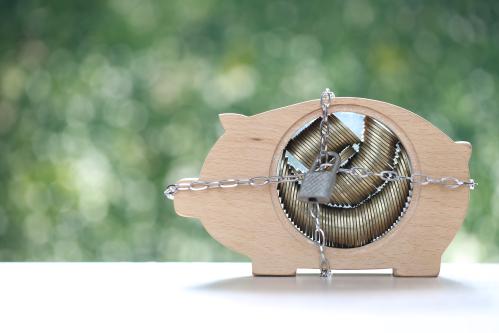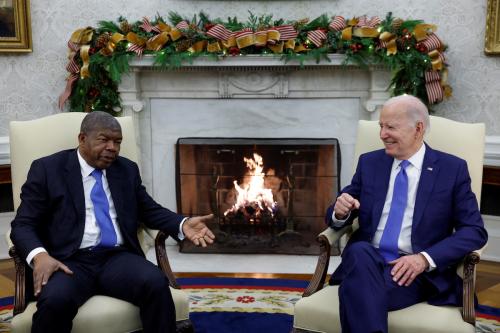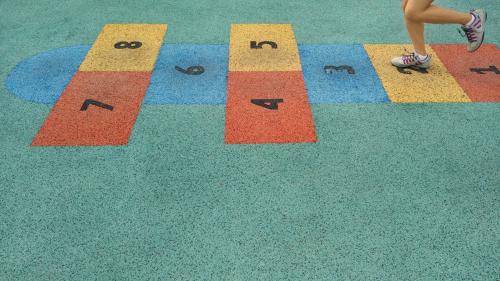On June 20, the World Food Program, the U.N. Children’s Fund (UNICEF) and U.N. High Commission for Refugees (UNHCR) launched a joint appeal for funds for refugees from the conflict in Western Sahara, the Saharawi. The UNHCR representative in Algeria noted, “the degree of attention to the [Saharawi] crisis fell sharply…overshadowed by the unprecedented number of humanitarian emergencies affecting the world”. The appeal, made on World Refugee Day, underscored that while the global number of the displaced is at an unprecedented 60 million today, there are refugees whose predicament dates back decades. The Saharawi crisis is the oldest prolonged UNHCR operation and tens of thousands remain in camps.
A reduction in aid, especially food aid, could lead to serious social instability, especially when coupled with the lack of a political resolution. In November 2014, the U.N. secretary-general’s personal envoy to the Western Sahara, warned that “the decline in international aid, [and] worsening conditions in the camp…could reignite violent conflict unless steps are taken to prevent a turn towards militancy.”
The actual number of refugees in five camps near Tindouf in Algeria is disputed. The Algerian government puts the numbers at 165,000 while the UNHCR plans its program for 90,000 vulnerable refugees, pending a registration exercise. In 1976 the Algerians ceded administration of the camps to the self-proclaimed Sahrawi Arab Democratic Republic (SADR). The refugees are divided into five camps named after Western Saharan towns. These are Aousserd, Daakhla, Laayoune, Samara and the “administrative and political capital” Rabouni. These “wilayas” are divided into 29 districts (dairas) and then into 116 neighborhoods or barrios. The wilayas are led by a governor appointed by the self-proclaimed SADR while the smaller administrative units have elected administrators, of which 25 percent must be women. All this is spread over an area of 6,000 square kilometers with a harsh climate, constant drought, occasional torrential rains and summer temperatures of 55 degrees Celsius.
Some 60 percent of the refugee population is youth and children. In the 2014-2015 academic year about 32,000 students were in primary and middle schools with 7,000 in nursery schools. Every year around 700 Sahrawis graduate from high school and university, mostly in Algeria. Job prospects are few except for those with medical or teaching degrees. Other options include jobs with international NGOs, a civil service position, migration, joining the SADR army, or the black market.
The consequences of stagnating progress
The limited options, bleakness of the camps and lack of a political solution lead observers to warn of a growing push, especially among young people, for a resumption of violence. In August 2014 there were calls by the Union of Sahrawi Students to reconsider armed struggle, echoing calls made the previous year. There are also worries over crime and drugs. The danger of violence is recognized by all sides of the conflict, though with their own twists. To the Moroccans an independent Western Sahara would immediately be a failed state and fall into radical hands—a point made repeatedly by Morocco in the halls of Western powers. Needless to say this is rejected by SADR representatives, as are allegations of collusion with radical elements.
The U.N. role in Western Sahara goes back to 1963 when the territory, then a Spanish colony, was designated a non-self-governing territory. In 1975 Spain was ready to let go of the 103,000-square-mile territory of 75,000 inhabitants. The International Court of Justice upheld their right to self-determination that year against Mauritanian and Moroccan claims based on historical links. In November 1975 Morocco undertook “The Green March,” with 300,000 civilians marching into Western Sahara to claim it. As Spain transferred authority to Morocco and Mauritania, a Western Saharan army called Polisario, first established in 1973, fought both. Mauritania renounced its claim in 1979. Fighting continued until 1988 and a 1991 U.N.-brokered agreement gave Western Saharans the right to vote for independence or integration into Morocco. The referendum was set for 1992. However, thousands of Moroccans had moved into the territory and an impasse ensued over who could vote. That impasse continues, as do the civil protests of the Sahrawi population within the territory, while Morocco proposes autonomy, rejecting independence.
The 1991 ceasefire stopped the fighting, but failed to generate a political solution. The fact that the issue remains a bone of contention between Algeria and Morocco does not help. In April 2015 the U.N. Security Council voted to extend the Mission for the Referendum in Western Sahara (MINURSO) for another year. It also called for an “intensive and substantive” phase of negotiations. While no other state except Morocco recognizes its sovereignty over the territory, none of the members of the Security Council are willing to push strongly for a solution. The United States, a close Moroccan ally, while not recognizing Moroccan sovereignty, has stated has stated that autonomy plan is serious, realistic, and credible…a potential approach that could satisfy the aspirations of the people in the Western Sahara to run their own affairs in peace and dignity.”
There is no need to argue the case for Morocco or for its Western Sahara opponents; that has been done enough times on both sides. What is needed is much stronger international engagement to bridge the divide and prevent a resumption of hostilities and the prolonging of an increasingly fragile status-quo. It would be a shame to ignore all these warning signs and allow fighting to resume with all its implications for an already fragile region. However, a peace deal could lead to many things, including Morocco’s joining the African Union (from which it has been excluded because of this very issue) and becoming a leading international voice for peaceful transition and inclusive politics.



Commentary
Why we need an international push for reconciliation in Western Sahara
July 23, 2015